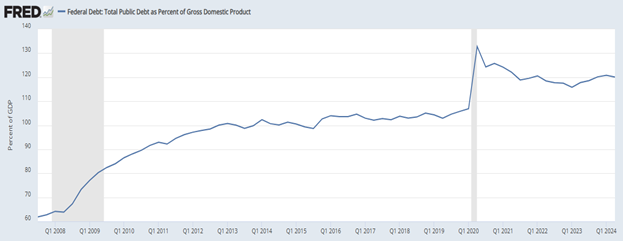Over the past few months, market sentiment has shifted from optimism to heightened uncertainty, driven by concerns over tariffs, government spending cuts, rising prices, and a sharp decline in consumer spending. In February, the S&P 500 fell 1.4 percent, accompanied by increased volatility across financial markets.
Interest rates on the 10-year U.S. Treasury Note dropped from 4.58 percent at the end of January to 4.24 percent, reflecting growing worries about a slowing economy. Meanwhile, oil prices declined by approximately $5 per barrel over the past month, settling at $70.
Adding to market turbulence, President Trump announced plans to impose 25 percent tariffs on Canadian and Mexican imports beginning March 4, 2025, along with an additional 10 percent tariff on Chinese goods — on top of the 10 percent already implemented in February. This has fueled volatility, particularly as China and other affected nations have vowed to retaliate.
